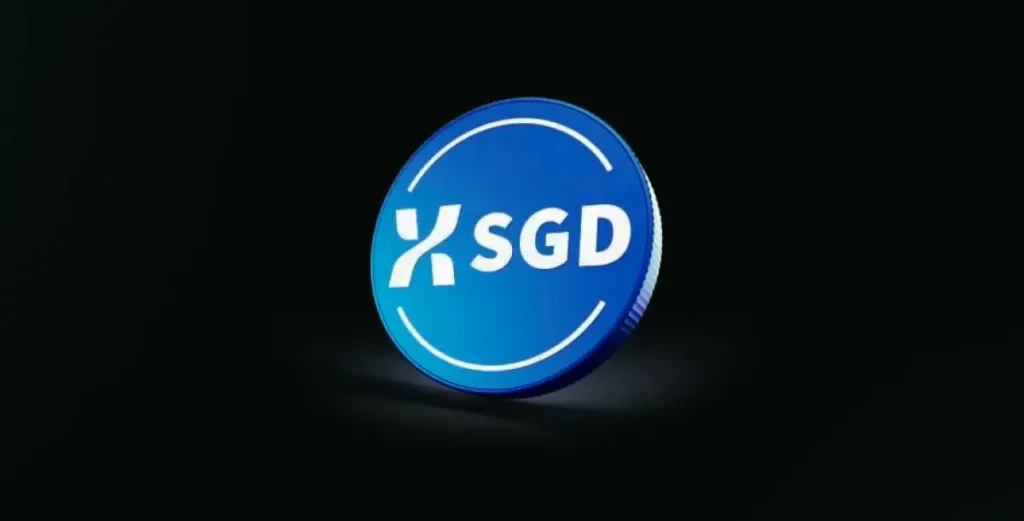Effective liquidity technology is the engine that powers modern digital asset markets. Without it, trading would be slow, expensive, and inefficient. Among the most critical innovations in this space is smart order routing (SOR) technology. SOR is a sophisticated system designed to find the best possible price for a trade by analyzing multiple liquidity sources simultaneously. For traders, exchanges, and DeFi protocols, understanding and implementing SOR is no longer a luxury; it’s essential for survival and growth. This technology is the key to unlocking deeper liquidity, minimizing costs, and executing trades with unparalleled efficiency.
What Is Smart Order Routing (SOR)?
Smart Order Routing (SOR) is an automated process that finds the most efficient path for a trade by scanning multiple trading venues. Instead of executing an order on a single exchange, an SOR system analyzes factors like price, fees, and liquidity across various platforms to secure the best possible terms for the user. This ensures that traders receive optimal execution for their orders, whether they are buying or selling digital assets.
While SOR may seem like a recent innovation tied to the crypto boom, its roots are in traditional finance. Stock markets have used similar technologies for decades to navigate the fragmented landscape of different exchanges and dark pools. However, the decentralized and often siloed nature of the crypto market makes SOR even more critical.
The key difference lies in its approach compared to static routing. Static routing sends an order to a predetermined venue, regardless of the market conditions at that moment. Smart routing, on the other hand, is dynamic. It continuously evaluates the entire market to make a real-time decision, ensuring that every trade is optimized for the best outcome.
How Smart Order Routing Algorithms Work in Crypto
At the core of SOR is a set of complex smart order routing algorithms that make decisions in milliseconds. These algorithms assess a wide range of variables to determine the optimal execution strategy for any given trade. The primary goal is to minimize costs and market impact while maximizing execution speed.
The main factors these algorithms consider include:
- Liquidity Depth: The amount of an asset available at different price levels across various DEX liquidity pools and CEX order books.
- Transaction Fees: The costs associated with trading on various exchanges or protocols, including network gas fees on blockchains like Ethereum.
- Slippage: The potential difference between the expected price of a trade and the price at which it is executed, a common issue in volatile crypto markets.
- Latency: The time it takes for a trade to be executed and confirmed on the blockchain.
Based on these factors, the algorithm decides on the best path forward. This often involves a process known as order fragmentation.
Order Fragmentation in Action
Instead of placing one large order on a single exchange, the SOR algorithm may split it into several smaller orders and distribute them across multiple liquidity pools. For example, a large buy order for 1,000 ETH might be partially filled on Uniswap, SushiSwap, and Balancer simultaneously. This strategy achieves the best average price and reduces the risk of causing significant slippage on any single platform.
Adaptive Execution Logic
The logic behind the execution is designed to be adaptive. If market conditions change suddenly—perhaps a large trade on one DEX alters a pool’s balance—the algorithm can reroute unfilled portions of the order to more favorable venues in real time. This dynamic capability ensures that the system can respond to crypto’s notorious volatility and maintain optimal performance.
The Role of SOR in DeFi Liquidity Aggregation
The crypto market is notoriously fragmented. Liquidity for a single token, like WBTC, is spread across hundreds of centralized exchanges (CEXs), decentralized exchanges (DEXs), and over-the-counter (OTC) desks. This fragmentation makes it difficult for traders, especially institutional ones, to execute large orders without significantly impacting the market price.
Smart order routing plays a crucial role in solving this problem through liquidity aggregation. By connecting to multiple trading venues, an SOR system effectively pools its liquidity, creating a single, deeper order book for the trader. This allows traders to access a much larger pool of assets than they would on any single platform, a prerequisite for institutional investors who need to execute large trades with confidence and minimal slippage.
Real-World Applications in DeFi
While SOR has its origins in traditional finance, its applications within Decentralized Finance (DeFi) are particularly transformative. DeFi protocols rely on automated systems to function, and SOR is a natural fit for this ecosystem.
Uniswap’s Smart-Order-Router
Uniswap, one of the largest decentralized exchanges, utilizes a smart-order-router to optimize trades. When a user wants to swap ETH for DAI, the Uniswap router automatically finds the most efficient path. This might involve a direct swap in the ETH/DAI pool, or it could mean routing the trade through another token, such as ETH to USDC and then USDC to DAI, if that path offers a better final price after fees. This process is entirely automated and transparent, showcasing the power of SOR within a single decentralized framework.
DEX Aggregators: 1inch and Matcha
DEX aggregators like 1inch and Matcha have built their entire value proposition around advanced SOR. When a trader initiates a swap on 1inch, its Pathfinder algorithm scans liquidity sources across dozens of DEXs, including Uniswap, PancakeSwap, and Curve. It then splits the trade across multiple platforms and liquidity pools to guarantee the best possible rate. For instance, a swap from LINK to AAVE could be split, with 40% going through Uniswap, 35% through SushiSwap, and 25% through Balancer, all in a single transaction.
Cross-Chain Routing
As the blockchain ecosystem expands, the need for cross-chain liquidity is growing. SOR technology is being adapted to route trades not just between different pools on the same blockchain, but across entirely separate chains. Protocols like Router Protocol and Thorchain facilitate these complex swaps. A user could, for example, swap native BTC on the Bitcoin network for USDC on the Avalanche network. The cross-chain SOR finds the most efficient route, which might involve multiple hops and bridges, to complete the transaction seamlessly for the user. This is essential for creating a more interconnected and efficient DeFi landscape.
Benefits of Smart Order Routing for Traders & Exchanges
The adoption of SOR technology offers a wide range of benefits for all crypto market participants.
- Cost Savings: By finding the best available price and minimizing fees, SOR directly reduces the cost of trading.
- Slippage Reduction: Splitting large orders across multiple venues minimizes market impact, leading to less slippage and better execution prices.
- Increased Speed: Automated decision-making allows for near-instantaneous trade execution, which is critical in volatile crypto markets.
- Enhanced Transparency: Many SOR systems provide detailed reports on how trades were executed, offering traders greater insight into the pricing and routing of their orders.
- Greater Scalability: For exchanges, SOR enables them to offer deeper liquidity and better pricing, attracting more users and increasing trading volume.
The Future of Liquidity Technology: Beyond SOR
Smart order routing is already a cornerstone of modern liquidity technology, but the innovation doesn’t stop here. The future will likely see even more advanced routing capabilities emerge, driven by advancements in artificial intelligence and the continued evolution of the digital asset space.
AI-driven routing has the potential to analyze even more complex datasets and predict market movements with greater accuracy, leading to more sophisticated and adaptive trading strategies. Furthermore, the rise of Central Bank Digital Currencies (CBDCs) and tokenized real-world assets will create new challenges and opportunities for liquidity management. SOR technology will need to evolve to handle this new, diverse range of digital assets in a multi-chain world.
Power Your Platform with Advanced Liquidity
Smart order routing technology has fundamentally changed how trades are executed in both traditional and decentralized finance. By intelligently navigating a fragmented market, SOR provides better prices, lower costs, and deeper liquidity for everyone. As the digital asset ecosystem continues to mature, its role will only become more critical, a principle that guides the development of advanced liquidity technology solutions at firms like ChainUp. This evolution is essential for building efficient and scalable financial markets.




